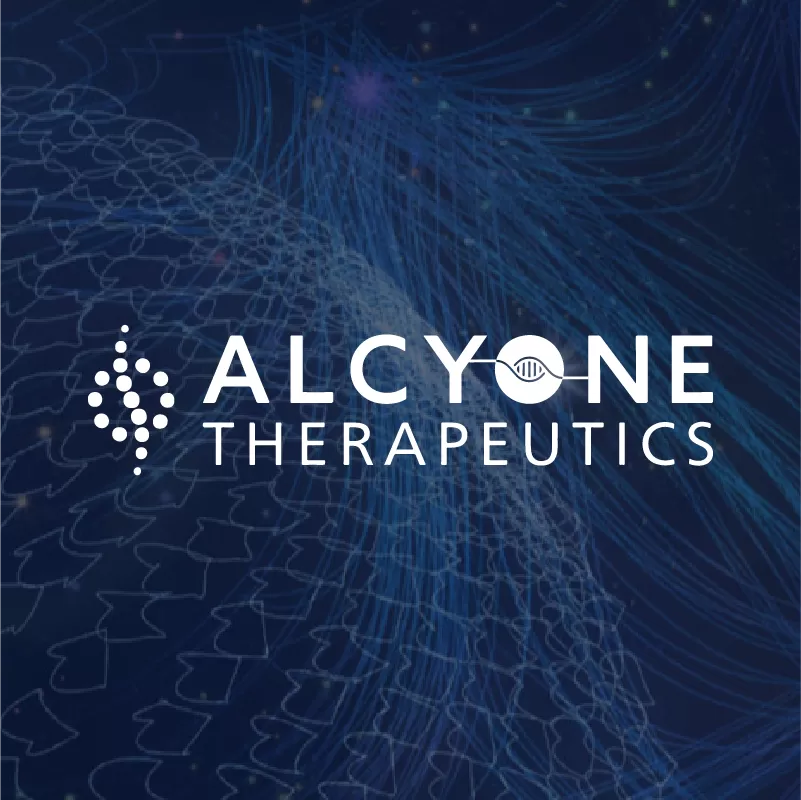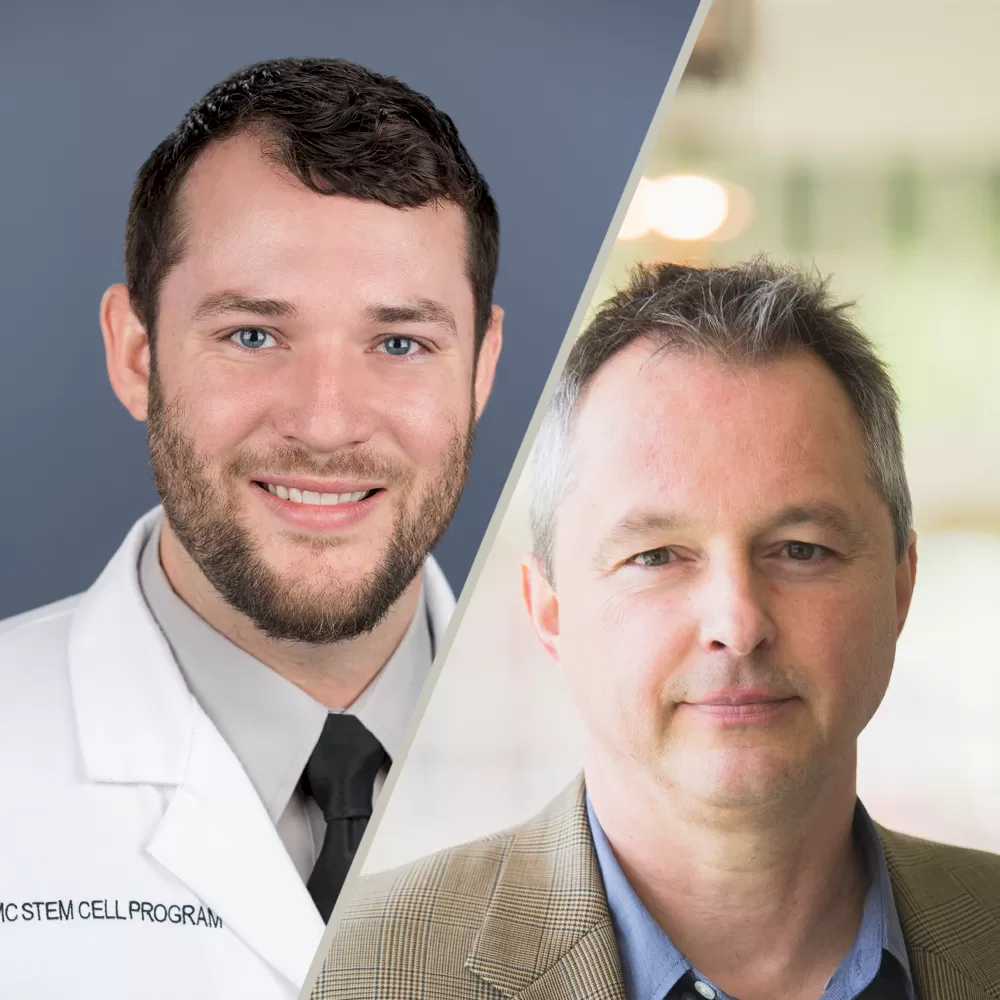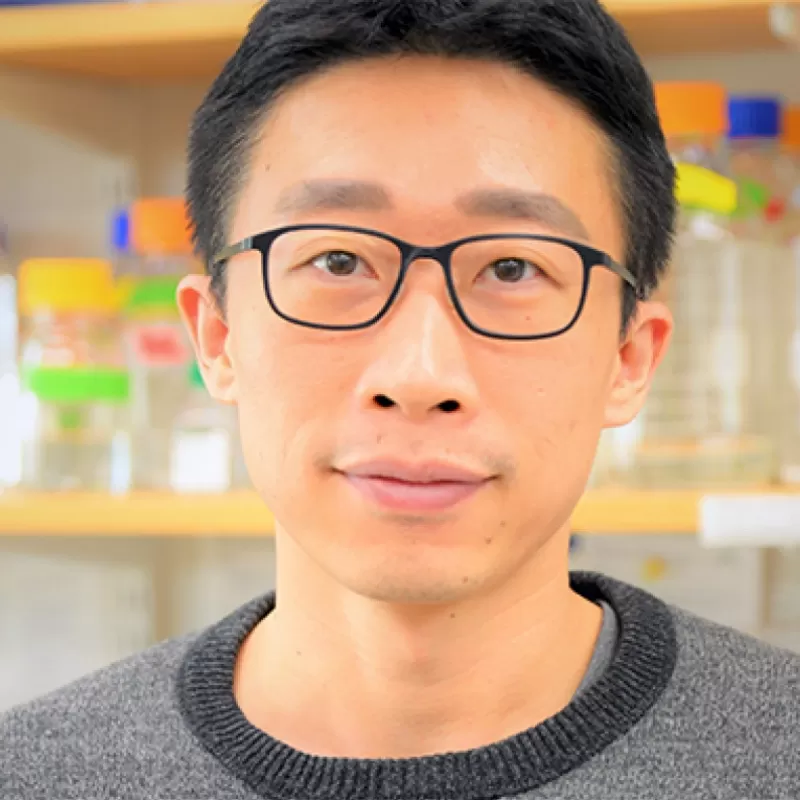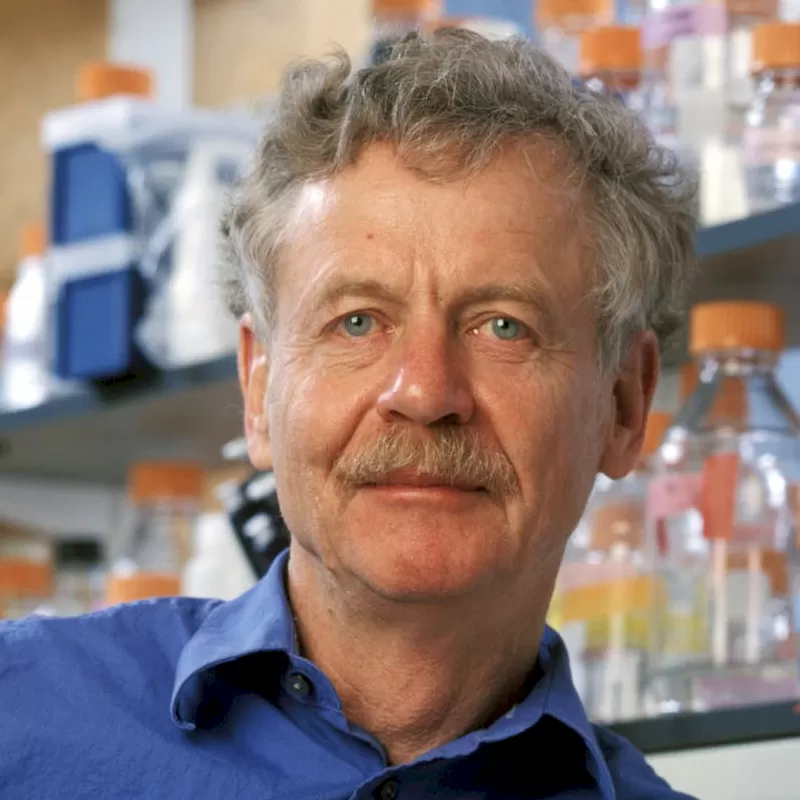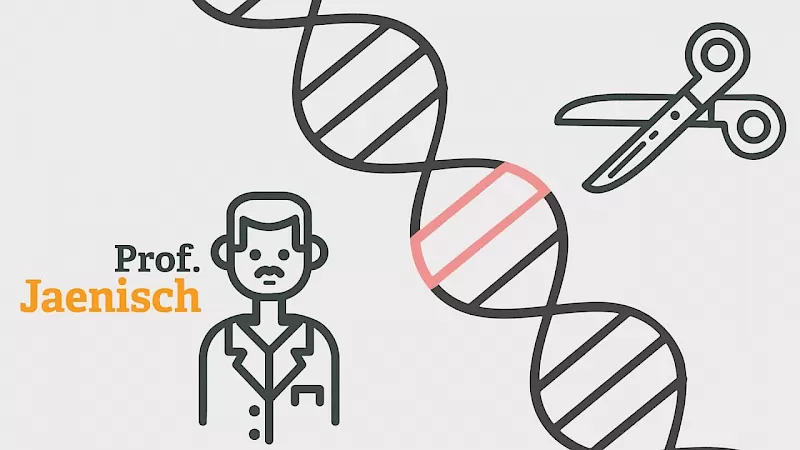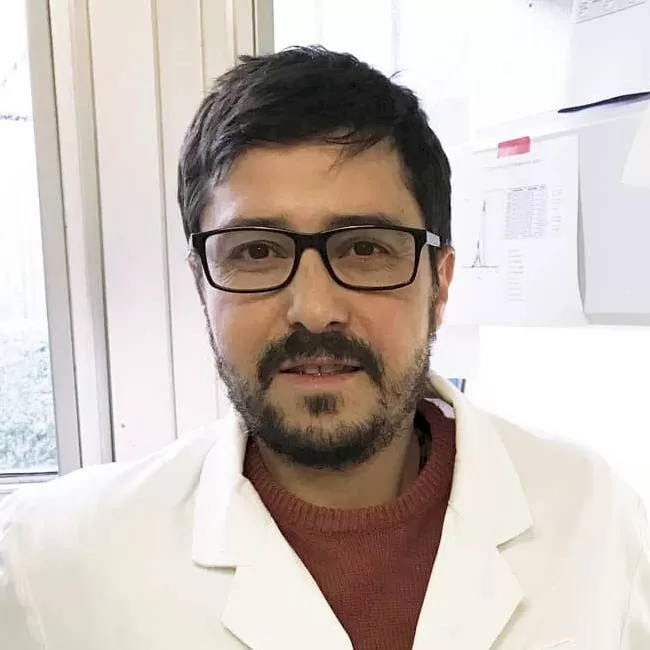MECP2 Reactivation
This promising strategy aims to cure Rett by activating a backup copy of MECP2 present in all female cells.
MECP2 Reactivation Awakens the Healthy Gene in Female Cells

Biologic Solutions to Reactivation
In recent years researchers from around the world generated additional data that made it possible to better understand how the X chromosome becomes inactivated. This additional data made it possible to begin designing biologic strategies for MECP2 reactivation. These strategies necessitate the ability to, first, target the specific spot on the X chromosome where the inactive MECP2 resides and, second, be able to bring molecules that can remove certain chemical tags from MECP2 that keep it silenced. The hope is to be able to effectively and efficiently deliver this therapeutic to the brain in a "one-and-done" manner.
RSRT has invested more than $7 million in MECP2 reactivation. RSRT-driven collaborations, initiatives, and investments have helped to generate all of the following MECP2 reactivation programs.

